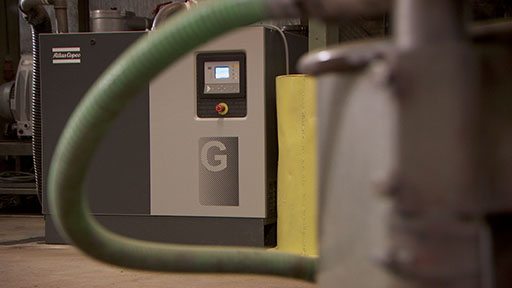From canning to composites and packaging to plastics, vacuum technology is vital to a range of industrial applications. Once you have determined what type of vacuum you need for your industrial process – rough, medium or fine – you can move on to the most exciting part of the process – purchasing and installing a new vacuum pump system.
If you’ve been wondering if upgrading to new, more energy efficient vacuum technology is worth the initial purchase and installation costs, keep reading.
What does “total cost of ownership” include?
By far, the most expensive component in the total cost of vacuum – including capital costs and service and maintenance costs – is energy consumption. In fact, over the lifespan of a vacuum pump, energy typically costs several times more than the purchase price. Let’s break down the numbers.
Lifecycle Cost Breakdown of a Vacuum Pump
- 50 percent – typical cost of energy to power the vacuum pump
- 30 percent – maintenance costs
- 10 percent – initial purchase cost
- 10 percent – other costs
Over the lifetime of a vacuum pump, the energy cost is four to five times higher than the initial investment cost. By choosing a more energy efficient system, you can reduce the total cost of ownership and increase your payback period dramatically.
Variable Speed Drive Reduces Energy Consumption
In most industrial plants, electric motor systems such as vacuum pumps account for about 70 percent of the electricity consumption. So reducing energy consumption means big savings. Industries where production lines using vacuum intermittently shut off and go online, or where workers use vacuum only when they need it, can benefit from vacuum pumps with variable speed drive technology. Variable speed drive technology saves energy by capitalizing on the variations of demand that occur during production.
Atlas Copco’s GHS VSD+ range of oil-sealed rotary screw vacuum pumps modulates the flow at startup, which allows the use of a smaller motor in the vacuum pump and a central vacuum system design. A central vacuum system provides air and vacuum for a number of machines at the same time, which means the vacuum equipment can be stored in a separate room to free up factory floor space.
Service Plans Help Keep Equipment Up and Running
One day of unplanned downtime due to loss of vacuum costs several times more than a yearly maintenance contract. Keeping your new equipment up and running benefits your production and your bottom line.
Learn more about Atlas Copco’s vacuum solutions portfolio, or contact us by filling out our Request a Quote form. You may also be interested in the following articles:
- Rick Dore to Sign Autographs at Atlas Copco SEMA 2015 Booth #10209
- Bigger Doesn’t Always Mean More Powerful
- Looking for a Good Excuse for an Equipment Upgrade?
Source: Compressed Air Blog


